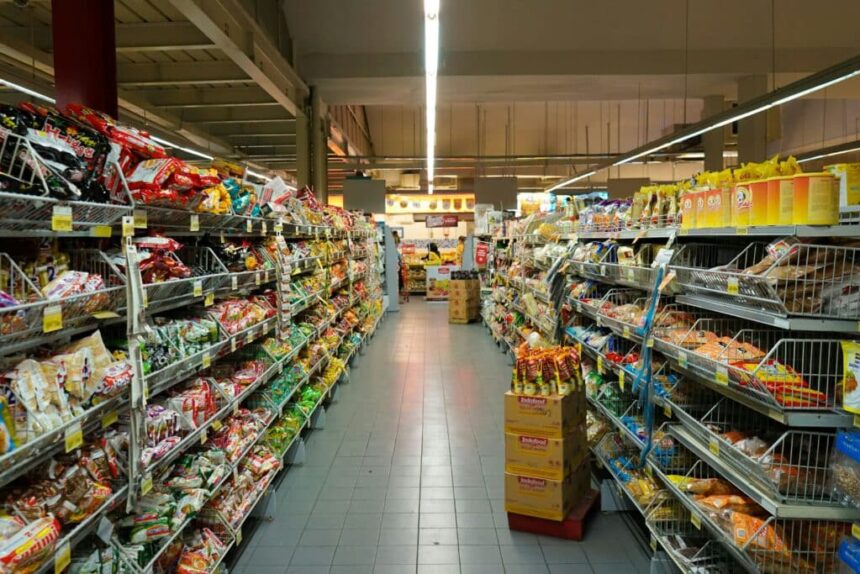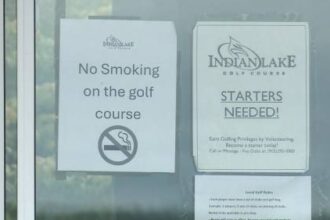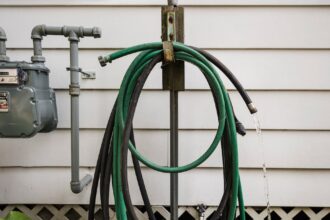Behind the pristine aisles and carefully arranged produce sections of Canadian grocery stores lies a complex and highly regulated safety system that springs into action when contaminated products are discovered. While shoppers might only notice the occasional empty shelf or “recalled product” sign, an intricate choreography of protocols unfolds the moment a food recall is announced by the Canadian Food Inspection Agency.
“Food recalls in Canada trigger immediate response protocols that most consumers never witness,” explains Dr. Sylvia Martinez, food safety specialist at the University of British Columbia. “Within hours of an official announcement, every affected retailer across the country is executing a carefully designed removal plan.”
The process begins with notification. Major Canadian grocery chains including Loblaws, Metro, and Sobeys have dedicated food safety departments that monitor CFIA alerts around the clock. When a recall is issued, these teams immediately identify affected stores and products within their network, often using sophisticated inventory tracking systems that can pinpoint exactly which locations received specific batch numbers.
Store-level procedures are remarkably thorough. Once notified, designated employees armed with detailed product information conduct systematic sweeps of shelves, freezers, and storage areas. The recalled items are physically removed, counted, and secured in designated quarantine areas to prevent accidental sale. Many retailers now use digital scanning technology to verify that every single affected unit has been located.
“The speed and accuracy of these removals is impressive,” notes James Wellington, former operations manager for a major Canadian supermarket chain. “I’ve seen teams pull every unit of a recalled product from a 40,000-square-foot store in under 45 minutes. It’s treated with the same urgency as a fire drill.”
What happens to the removed products reveals another layer of the process. Contrary to popular belief, most recalled items aren’t simply discarded. They’re meticulously documented for regulatory compliance and insurance purposes. Depending on the nature of the recall, products may be returned to distributors or manufacturers, or destroyed on-site following strict waste management guidelines.
Canadian retailers have also developed sophisticated systems to prevent recalled products from being inadvertently purchased. Register systems are updated to block sales of recalled UPC codes, triggering alerts if scanning is attempted. Many stores now deploy electronic shelf labels that can be remotely updated during recalls, eliminating the need for manual label changes.
Communication with customers presents unique challenges. While in-store signage is standard procedure, Canadian grocers increasingly rely on loyalty program data to directly contact customers who previously purchased affected items. The CO24 News archives show this targeted approach has significantly improved consumer awareness compared to traditional blanket announcements.
“The evolution of customer notification systems has been a game-changer,” says Michelle Theriault, consumer protection advocate and frequent CO24 Business contributor. “Ten years ago, you might never know you purchased a recalled product unless you happened to see a small sign in the store or a news bulletin. Today, you’re likely to receive a personalized email or app notification within hours.”
The financial implications of recalls extend beyond lost inventory. Canada News investigations have revealed that large-scale recalls can cost retailers millions in labor, logistics, and customer compensation. Despite these costs, industry experts emphasize that the investment in robust recall systems ultimately protects both public health and brand reputation.
Training represents another critical component of the recall infrastructure. Front-line employees receive regular instruction on recall procedures, with many chains conducting unannounced drills to test response times and accuracy. Management staff typically undergo more extensive training covering regulatory requirements, documentation protocols, and crisis communication strategies.
Industry collaboration has strengthened Canada’s recall effectiveness. The Retail Council of Canada facilitates information sharing between competitors during major recalls, allowing best practices to spread quickly throughout the sector. This cooperative approach, somewhat unique to Canada’s retail landscape, has been credited with reducing response times nationwide.
As food supply chains grow increasingly complex, Canadian grocers continue refining their recall systems. Recent innovations include blockchain-based traceability that can track products from farm to shelf, AI-powered inventory management that flags potential contamination patterns, and advanced testing capabilities that allow in-store detection of certain pathogens.
Looking forward, how might emerging technologies further strengthen Canada’s food safety net while maintaining consumer confidence in our food supply system? As recalls become more precise and communication more personalized, the invisible machinery keeping contaminated products off Canadian dinner tables continues its quiet but essential work.










